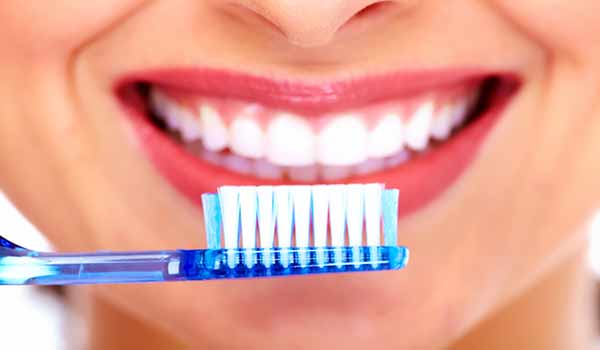
19 Feb The Ultimate Guide to Choosing the Right Toothbrush for a Healthy Smile
Maintaining good oral hygiene is essential for a healthy and confident smile, and choosing the right toothbrush plays a crucial role in this process. With a plethora of options available in the market, finding the perfect toothbrush can be overwhelming. In this guide, we will break down the key factors to consider when selecting a toothbrush to ensure you make the best choice for your oral health.
- Bristle Type:
The bristle type is a fundamental factor when choosing a toothbrush. Soft bristles are generally recommended by dentists as they are gentle on the gums and enamel. Hard bristles may cause damage to the gums and tooth enamel over time. Opt for a toothbrush with soft, rounded bristles to effectively clean your teeth without causing harm.
- Manual vs. Electric:
The age-old debate of manual versus electric toothbrushes continues, and both have their merits. Manual toothbrushes require proper technique and consistent effort, while electric toothbrushes often feature rotating or oscillating heads for more efficient cleaning. Electric toothbrushes are especially beneficial for individuals with limited dexterity or those who struggle with manual brushing techniques.
- Size and Shape of the Head:
To effectively clean all areas of your mouth, consider the size and shape of the toothbrush head. A smaller head allows for better access to hard-to-reach areas, such as the back molars. The shape of the head should comfortably fit the contours of your mouth for optimal cleaning performance.
- Handle Design and Grip:
The handle design and grip of your toothbrush can significantly impact your brushing experience. Choose a toothbrush with a comfortable and ergonomic handle that provides a secure grip. Some toothbrushes come with textured grips or rubberized handles to prevent slipping, making them ideal for individuals with arthritis or those who find it challenging to hold small objects.
- ADA Seal of Approval:
Look for the American Dental Association (ADA) Seal of Approval when selecting a toothbrush. The ADA rigorously tests products to ensure they meet specific safety and effectiveness standards. Choosing a toothbrush with the ADA Seal guarantees that you are investing in a product recommended by dental professionals.
- Replaceability:
Toothbrushes wear out over time and lose their effectiveness. Dentists recommend replacing your toothbrush or toothbrush head every three to four months, or sooner if the bristles show signs of wear. Some electric toothbrushes have built-in reminders or subscription services that make it convenient to receive new brush heads regularly.
Conclusion:
Choosing the right toothbrush is a small yet impactful decision that can significantly contribute to your overall oral health. By considering factors such as bristle type, manual vs. electric, size and shape of the head, handle design and grip, ADA approval, and replaceability, you can make an informed decision that suits your individual needs. Remember, a healthy smile starts with the right toothbrush – invest in your oral health today for a brighter tomorrow.
